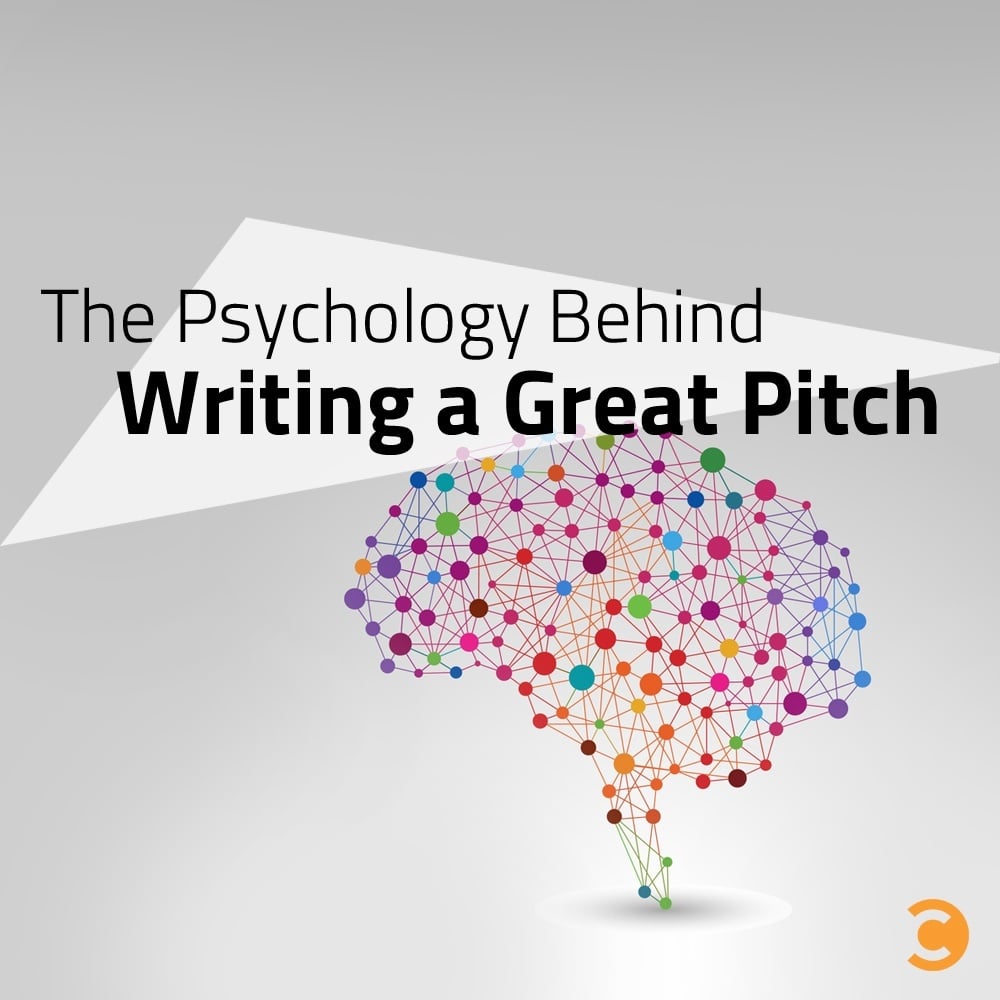
As a promotions associate, I spend a fair amount of time crafting pitches. What is the best way to connect with this editor? What are the most interesting points of the data? Should I use bullet points or just a few short paragraphs? And once I’ve finally crafted the perfect pitch, I wonder whether or not the editor will even see it—some editors receive more than 100 pitches a day.
So what causes an editor to show interest? The answer can be found in psychology.
Fractl recently collaborated with BuzzStream to apply psychological theories to the campaign outreach process in order to give your promotions team a more persuasive edge. Here, I’ll walk you through three key concepts to keep in mind during your next promotions cycle.
Offer Editors Choices That Reaffirm Existing Values
We are offered endless options daily—something as simple as a cup of coffee can come from either the office Keurig or your local Starbucks, where it’s almost impossible to hear identical orders. We love choices, and researchers at Columbia and Stanford universities found that 40 to 60 percent of participants’ attention was caught when they had a variety of options versus only one. This same principle can be applied during the outreach process. Here are some helpful tips:
- Provide your content in multiple formats so that an editor has more than one option. Examples include static infographics and dynamic visualizations, such as animated .gifs or videos.
- Connect your content to previous, high-performing articles the editor has published.
- If you have multiple campaigns in production, include a brief description of any that would be relevant to an editor’s beat to encourage collaboration, which will also give the editor a sense of ownership over the material.
You’ll also want to make sure you’re offering content that closely aligns with an editor’s existing ideas. In a study on confirmatory bias, researchers at New York University found that when presented with information that confirmed their own beliefs, participants were more likely to agree with and positively review material. This same principle can be applied when pitching: Make sure you research an editor before pitching; you want to be sure your content reaffirms their audience’s ideas.
Overcome Communication Barriers Through Killer Subject Lines
During the outreach process, the majority of communication is done via email. Researchers at Northwestern Law found that online communication has a limiting effect on persuasion, and considering that the average attention span has decreased over 30 percent within the last 15 years, you’ll want a catchy subject line to stand out within a crowded inbox. These tips can help:
- Email open rates drop to less than 20 percent when your subject line exceeds 35 characters, so keep subject lines to 10 words or less.
- Whenever possible, indicate whether or not your research is exclusive (some editors will only take exclusives).
- Include an interesting stat, particularly an extreme percentage—the editor will want to know how you got to that number.
See Editors as Potential Consumers of Your Content—and Sell
Remember that your end goal is a placement, or your version of a sale. A quick lesson in AIDA can help you figure out the best way to optimize your efforts.
AIDA is an acronym commonly used to describe the linear progression of persuasive techniques in sales. Here’s how you can apply them during your next promotions cycle:
Attention – Gain an editor’s attention through an intriguing but brief subject line, and make a personal connection within the first few sentences of your pitch.
Interest – Attract interest through original data and dynamic content.
Desire – Highlight an emotional reaction readers will likely have once they’ve seen the content.
Action – Be sure the end of your pitch includes an explicit call-to-action, whether it’s to publish your content or provide feedback.
A variety of conscious and subconscious stimuli affect the decisions we make every day, and this applies to publishers and the pitches they choose to pursue, too. When applied to promotions, basic psychology theories can help your team increase placement rates and forge new relationships with editors—an invaluable asset to any promotions associate .

Study by Fractl and BuzzStream.

